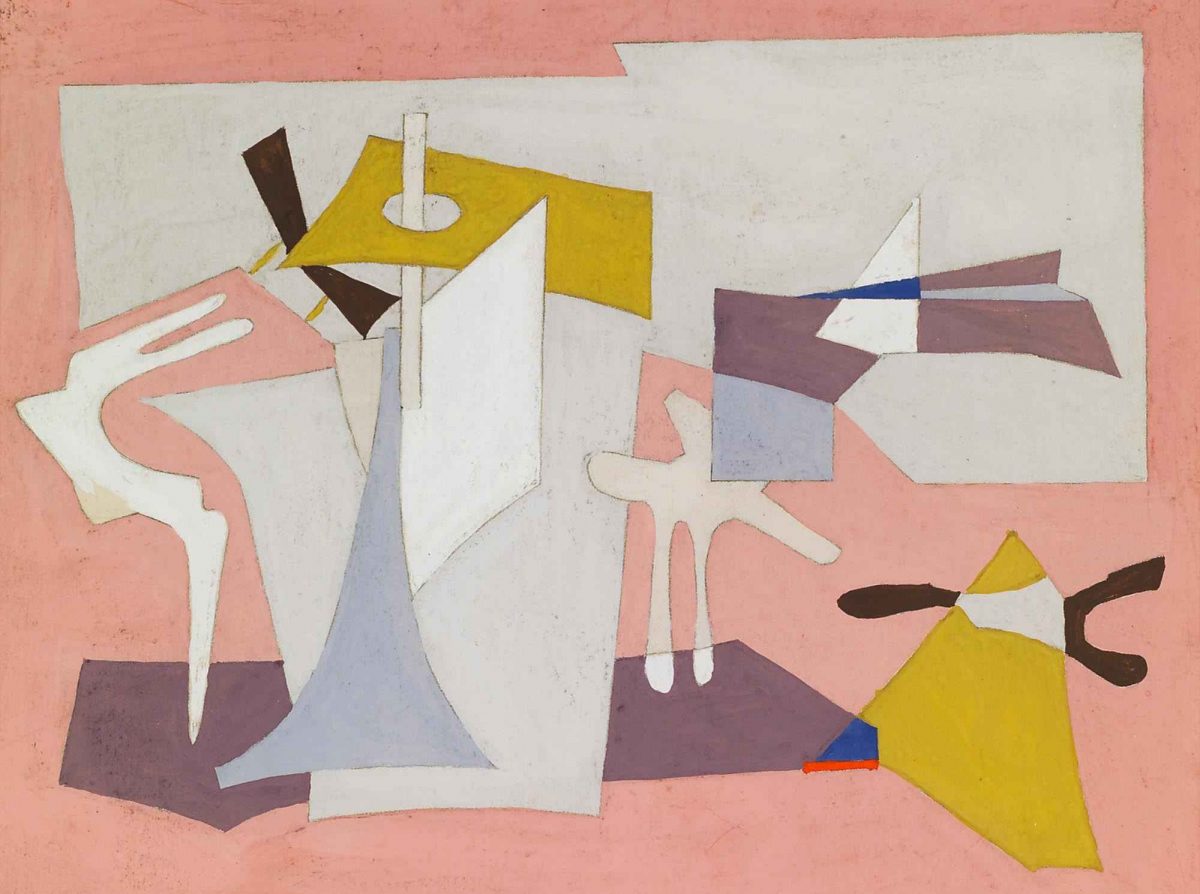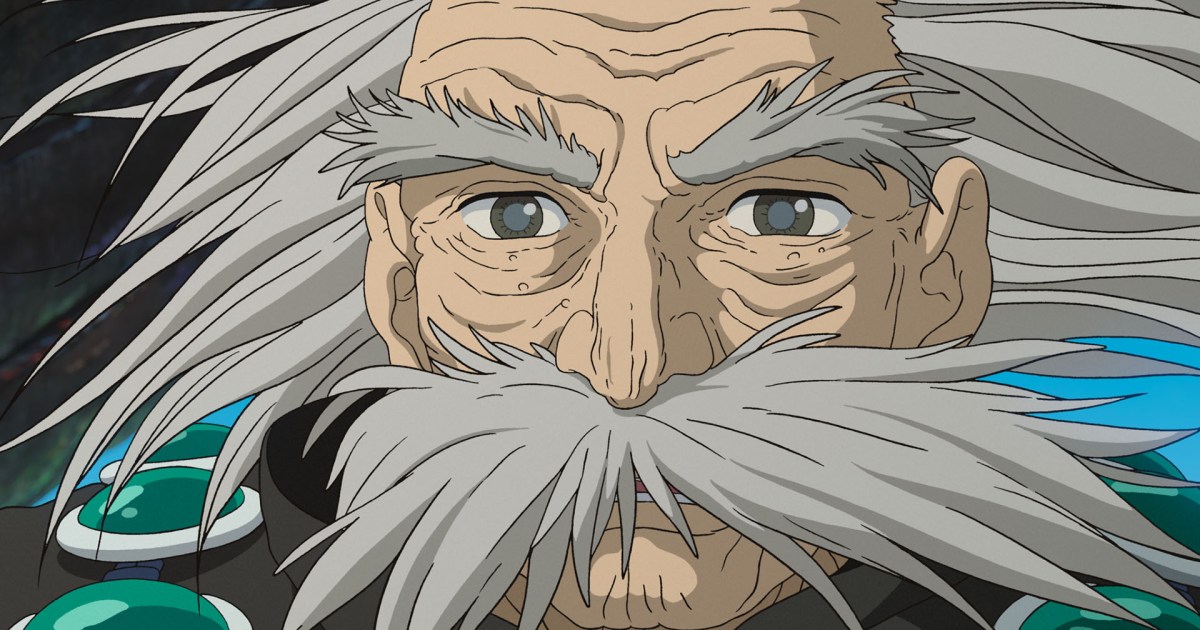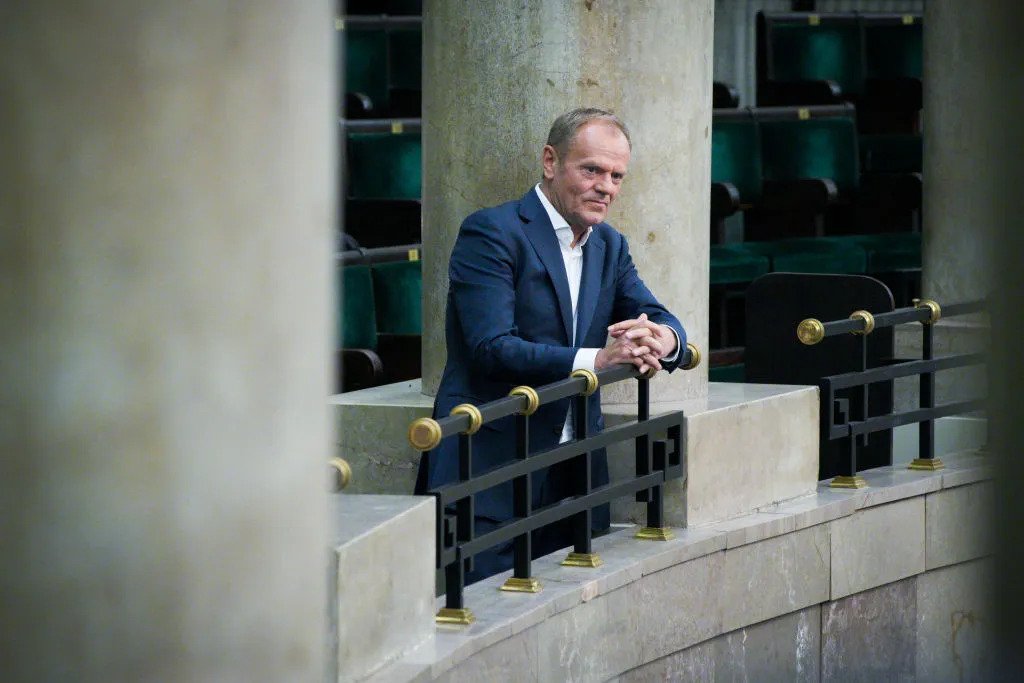Late summer was marked by the loss of influential French publisher François Gèze. How should he be remembered? Born in Casablanca, trained as an industrial engineer, member of the Parti socialiste unifié and close to Parisian third-worldist circles, Gèze joined Éditions Maspero in 1977. Founded at the height of the Algerian War and linked to much of the then flourishing far left, the house was the principal Francophone publisher of Marxist theory and an emblem of anti-imperialist militancy. Six years later, amid straitened economic circumstances, François Maspero sold his stake for one nominal franc and transferred the directorship of what would henceforth be known as La Découverte to Gèze. At the time, the young publisher told anyone who would listen that ‘the Maspero catalogue was worthless’. Forty years later, we must assume the share of La Découverte in the €789 million annual sales of the Editis group is considerably larger than a symbolic euro.
In the world of books, where symbols are decisive, there is something more than a little disheartening about the Maspero list being in the hands of Vincent Bolloré, figurehead of a renascent, reactionary Catholic right. How did it come to this? La Découverte began publishing two years after Mitterrand’s election, as the government announced its U-turn on fiscal austerity and the official conversion of the PS to neoliberalism. Few doubted that the post-war epoch of political and social struggle – stretching from the great workers’ strikes through the campaigns against the war in Algeria, May 68 – had come to a definitive close. In Serge Halimi’s diagnostic, the left had stopped trying; in their stead the ‘intellectuals against the left’ of Michael Scott Christofferson’s description, spawned in the ideological slough of ‘anti-totalitarianism’, now took centre stage. France underwent a veritable ‘dégringolade’ in the words of Perry Anderson, an author who had been important for Maspero but who would not see a single book of his published by La Découverte.
The Mitterrand years: burial of egalitarian ideals and Marxist theories accompanied the terminal decline of the PCF as a mass party. ‘Worship of careerism, the Bomb, raison d’état, big business and the Mammon of cash-rackets-media-lies’, in Guy Hocquenghem’s summary. A terrible ordeal for a publishing house encumbered with the Maspero millstone. If the need to adjust the editorial line had already been on the agenda, Gèze made this the priority of La Découverte. Ever realistic in his approach to publishing, he refocussed the list on the humanities and social sciences (less politicized, more mass-market oriented) together with books by journalists dealing with hot-button cultural issues. To illustrate the evolution of the catalogue under his watch – an outpouring of more than 130 titles a year – it may suffice to consider two elements. First, the travesty of Maspero’s revolutionary anti-colonialism, dressed up in identitarian themes to please the taste of the cultivated petty bourgeoisie. The most emblematic example remains the metamorphosis of third-worldism into post-colonial hucksterism propagated by Pascal Blanchard and his co-thinkers, whose latest opus, Sexe, race et colonies (2018), packages the ‘domination of non-European bodies’ as coffee-table erotica. Second, the dumbing-down of social science, flagrant in the case of Michel Pinçon and Monique Pinçon-Charlot, authors of the crossover hit Le Président des ultra-riches (2011), whose most recent offerings are more or less unabashed exercises in tabloid voyeurism.
Gèze assumed the role of the rising entrepreneur, in tune with the social-liberal turn of a large portion of his readership. Symptomatically, he joined a host of other intellectuals associated with the ‘Second Left’ in signing the petition circulated by Esprit and the reformist CFDT trade union in support of the Juppé government’s plan to ‘modernize’ the French retirement and social security system. Algeria continued to occupy him: the 1990s were coloured by his campaign against the military regime in Algiers, accused of seeking to crush popular opposition by cultivating a climate of terror. Antipathy to Islamic radicalism caused many on the French left to hesitate in condemning the brutality of the Algerian government; Gèze’s engagement contrariwise led him to embrace an emergent form of cultural leftism, structured around faintly religious appeals to identity and denunciations of the ‘colonialist imaginary’.
Perhaps no one attests more pungently than Hugues Jallon to the tragedy of the retreat of the publisher from post-68 idealism. Recruited by Gèze in 1997, Jallon referred to Malcolm X’s Le Pouvoir noir and Ernesto ‘Che’ Guevara’s Textes politiques, both published in French translation by Maspero, as ‘unreadable’ and ‘out-of-date’, belonging to ‘a past which is well and truly defunct’, literally: ‘Appalling!’ What of the bottom line? In 1995, La Découverte was bundled up with the Éditions ouvrières and Syros in a holding company capitalized by the CFDT. Three years later, following a bitter dispute from which it emerged victorious – with the dissolution of Syros and the departure of Éditions ouvrières – La Découverte was sold to the Havas group, itself on the cusp of being bought by the Compagnie Générale des Eaux, soon to become Vivendi and then Vivendi Universal. At last, Maspero featured on the Monopoly board of Parisian publishing, and Gèze’s career could truly begin. Three years after the spectacular collapse, in 2002, of Jean-Marie Messier’s megalomaniacal assemblage at Vivendi, La Découverte and three other Vivendi houses were snapped up by Hachette, which turned around and sold it off again the following year as part of a package deal, under the name Editis, to the Wendel investment company. Roller coasters and merry-go-rounds.
In 2005, now CEO of La Découverte in a group controlled by the boss of bosses, head of the Mouvement des entreprises de France ‘Baron’ Ernest-Antoine Seillière, Gèze not only affirmed that ‘I continue to publish exactly the same books as before, and no one has ever interfered with my editorial choices’, but concluded, ‘Now I have the peace of mind to edit, thanks to the economies of scale of a large group. Before, I spent more time working with my banker than with my authors’. When asked if he saw any contradiction between this cavalcade of owners from the ranks of France’s wealthiest men, and his loyalty to the ‘engagement’ of the Éditions Maspero, Geze replied: ‘Only the catalogue counts’.
Is this entirely true? It has often been reported that publishing attacks on the rich by José Bové, Michael Moore and their ilk greatly amused Seillière. A 2007 editorial innovation of Jallon’s also suggests that it’s not only the catalogue that counts: the creation of the ‘Zones’ imprint, intended to ‘renew the militant approach’ of La Découverte by ‘reconnecting with the third-worldist dimension of the Éditions Maspero’ through books that address the ‘problematics of the Global South’. Why pretend that a book series is published independently unless it is more politically coherent to construct ‘a site of editorial resistance’ – calling on partisans of ‘counterculture, activism and new forms of contestation’ to ‘whet their swords for new offensives and acts of resistance’ – independent of capitalist conglomerates?
As Jallon was promoted upwards, and learned the ropes as CEO, Gèze continued to exercise his talents in schemes concocted by the employers’ publishing union – in partnership with the French Ministry of Culture and the Centre national du livre – to shepherd the book business through its ‘digital transition’. When he retired in 2014, Jallon naturally was appointed his successor, with the agreement of the principal shareholder. Yet only four years later, the new CEO could not resist an offer from Vincent Montagne, recent owner of the Média-Participations cartel, to take the helm of Seuil and its subsidiaries. Jallon’s colleagues all congratulated him, if not so heartily as they congratulated his new boss – ‘representative of a moderate, even enlightened right’ in the words of one – for hiring this ‘authentic man of the left’. To replace Jallon, Gèze proposed Stéphanie Chevrier, who had started out as an editor in the Hachette and Flammarion groups before earning her spurs creating a bespoke ‘independent’ imprint, Don Quichote, at La Martinière. Once again, a left-wing publisher ensconced in a large corporate group striving to pass off the financier as a cobbler. The shareholders agreed. The mergers and acquisitions continued. A year after Chevrier’s arrival, Bolloré bought Editis from Planeta, which had purchased it from Wendel in 2008. In 2021, Chevrier’s boss was so pleased that he proposed she also take charge of the Éditions Julliard. At the time of writing – as part of his consolidation of the French media landscape – the sale of Editis to the tycoon owner of Le Monde, Daniel Kretsinky, is on the cards.
The conspicuous absence of Gèze, and any mention of La Découverte from the commemorative ceremony organized for Maspero after his death in October 2015, suggests that the handover thirty years earlier did not go altogether smoothly. By contrast, the tributes of Jallon and La Découverte to Gèze, ‘comrade, friend and fellow traveller’, leave no doubt as to the success of this latest bequest.
Read on: Emilie Bickerton, ‘Paper Empires’, NLR 76.









